Automobile headlight designs have seen transformative changes over the years, shaped by technological breakthroughs and evolving consumer preferences. Once merely functional, headlights now blend safety, aesthetics, and innovation, making them integral to modern vehicle design. Let’s delve into the headlight designs that have left a lasting impact on the automotive industry.
The Era of Sealed Beam Headlights

The introduction of sealed beam headlights in the 1940s marked a pivotal moment in automotive lighting. These headlights became a standard feature in American cars after the U.S. government mandated their use in 1940. This regulation aimed to enhance vehicle safety by ensuring a consistent level of brightness and durability across all vehicles. With their simple construction, sealed beam headlights offered improved reliability and ease of replacement, setting a new benchmark in the industry.
However, despite these advantages, sealed beam headlights faced limitations that eventually led to their decline. Their rigid design restricted the creativity and flexibility that car manufacturers desired. Additionally, the technology lagged in terms of efficiency and brightness compared to emerging alternatives. As consumers began to demand more sophisticated and energy-efficient solutions, the automotive industry was pushed to innovate beyond the constraints of sealed beam technology.
The Advent of Halogen Headlights

The 1960s and 1970s ushered in a new era of lighting with the advent of halogen headlights, which offered significantly improved performance and efficiency. Unlike their predecessors, halogen headlights used a tungsten filament and halogen gas to produce a brighter and longer-lasting light. This innovation not only enhanced nighttime visibility for drivers but also reduced energy consumption, which became a critical factor as environmental consciousness began to rise.
Halogen technology also played a crucial role in revolutionizing headlight design and car aesthetics. Unlike the bulky and uniform sealed beam headlights, halogen lights allowed car designers to experiment with more diverse and creative headlight shapes and sizes. This newfound flexibility facilitated the emergence of iconic car designs in the 1970s and 1980s, such as the sleek and aerodynamic look of the 1975 BMW 3 Series. The ability to integrate form and function in headlight design set a new standard for automotive styling.
Xenon and HID Headlights: A Leap Forward
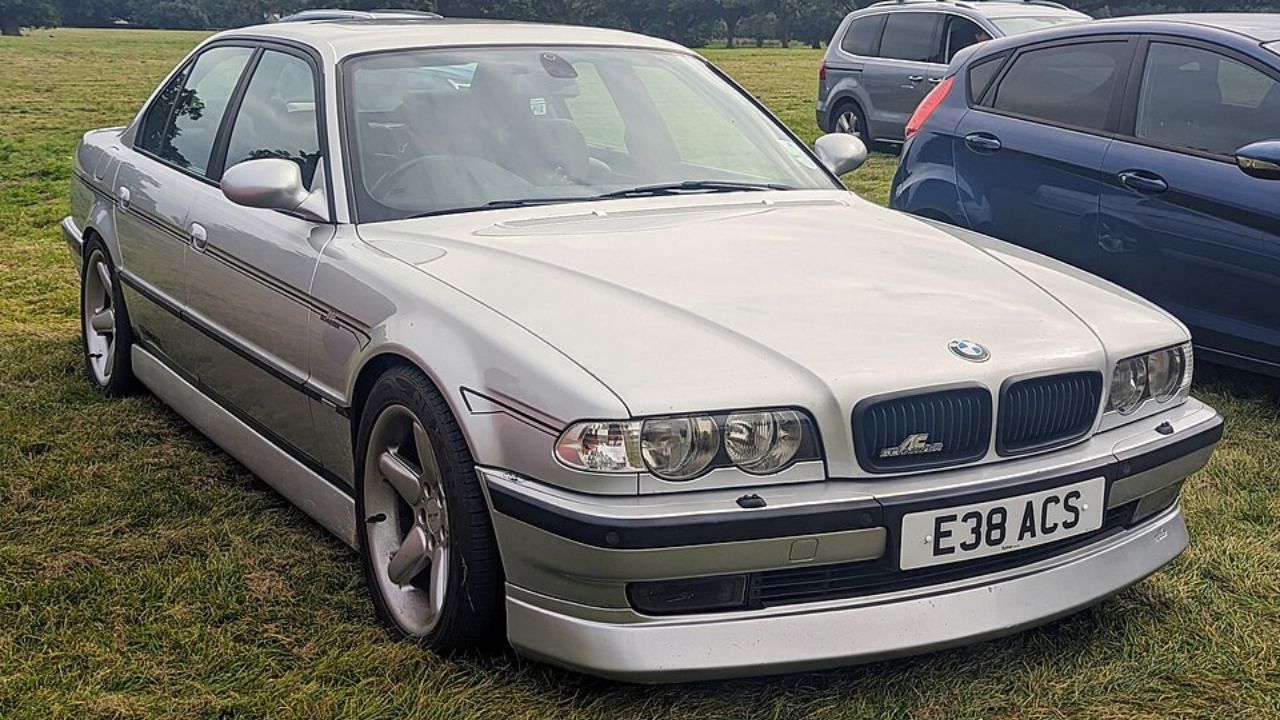
The introduction of High-Intensity Discharge (HID) lighting in the late 1990s represented a significant leap forward in automotive headlight technology. Utilizing xenon gas, HID headlights produced a brighter and whiter light compared to halogen bulbs, significantly improving nighttime driving safety and visibility. This technology quickly gained popularity in luxury vehicles, with models like the 1999 BMW 7 Series showcasing the advantages of HID lighting.
Despite their benefits, HID headlights presented challenges that the industry needed to address. The intense brightness of xenon lights initially caused glare issues for oncoming drivers, prompting regulatory scrutiny and the development of adaptive lighting solutions to mitigate this problem. Additionally, the unique properties of HID technology allowed for innovations in headlight shapes and housing designs, giving designers the freedom to create more streamlined and futuristic vehicle exteriors.
The Rise of LED and Laser Headlights

LED technology has revolutionized automotive lighting by offering unparalleled energy efficiency and longevity. LED headlights consume significantly less power than traditional options, making them an environmentally friendly choice. Their compact size and versatility enable seamless integration with advanced smart technologies, such as adaptive lighting systems and automated driving features. This adaptability has made LED headlights a staple in modern vehicles, with models like the 2013 Audi A8 leading the way in LED innovation.
Laser headlights represent the cutting edge of automotive lighting technology, providing an even greater range and precision of illumination. Although still relatively new, this technology has already made its mark on high-end vehicles. For instance, the 2014 BMW i8 was one of the first production cars to feature laser headlights, offering drivers a futuristic appeal with enhanced visibility. As autonomous vehicles become more prevalent, laser headlights are poised to play a crucial role in developing advanced lighting systems for these vehicles.
Adaptive and Smart Headlight Systems
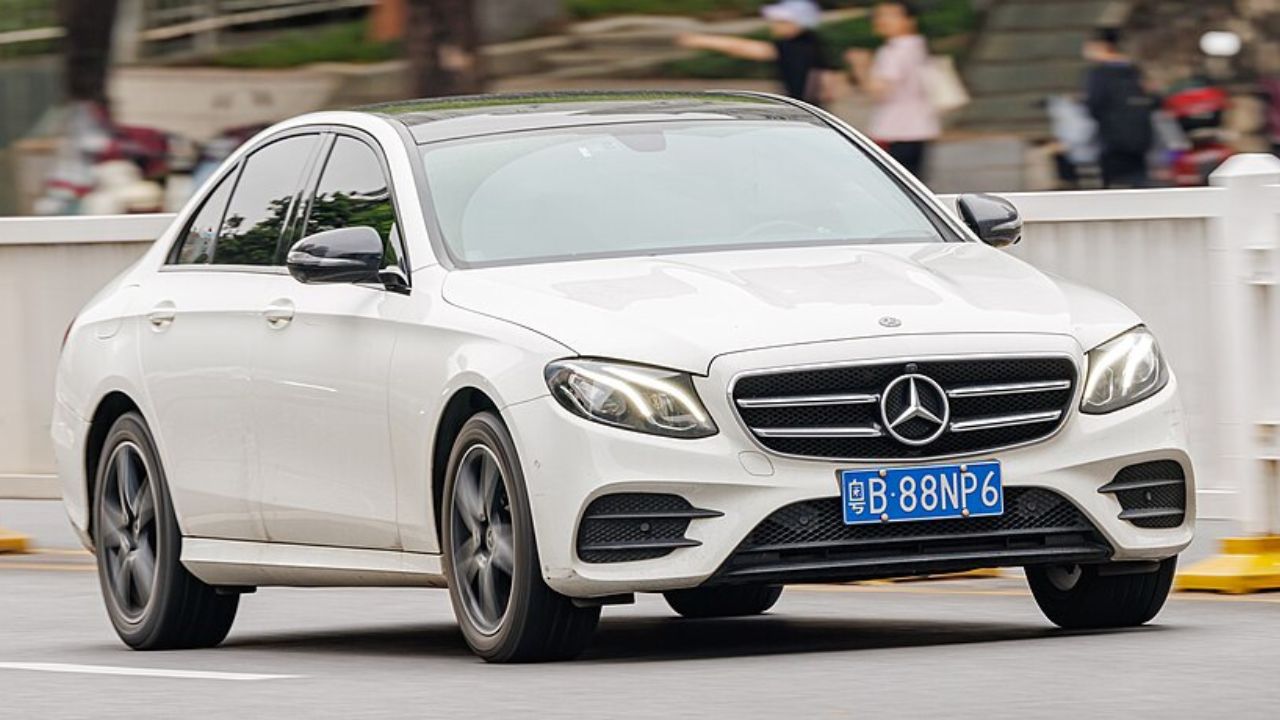
The evolution of adaptive headlight technologies has brought a new level of intelligence to automotive lighting. These systems adjust lighting patterns dynamically based on driving conditions, such as speed, weather, and the presence of other vehicles. By integrating sensors and cameras, adaptive headlights enhance driver assistance and safety, reducing the risk of accidents and improving the overall driving experience. Vehicles like the 2016 Mercedes-Benz E-Class have exemplified the potential of adaptive lighting systems.
Looking to the future, smart headlights hold the promise of transforming the automotive industry even further. These advanced systems are designed to communicate with other vehicles and infrastructure, paving the way for more connected and efficient transportation networks. As technology continues to advance, innovations in personalized lighting experiences will allow drivers to customize their vehicle’s appearance and functionality, offering a glimpse into a future where lighting systems are as intelligent as they are stylish.
Like Fast Lane Only’s content? Be sure to follow us.
Here’s more from us:
*Created with AI assistance and editor review.

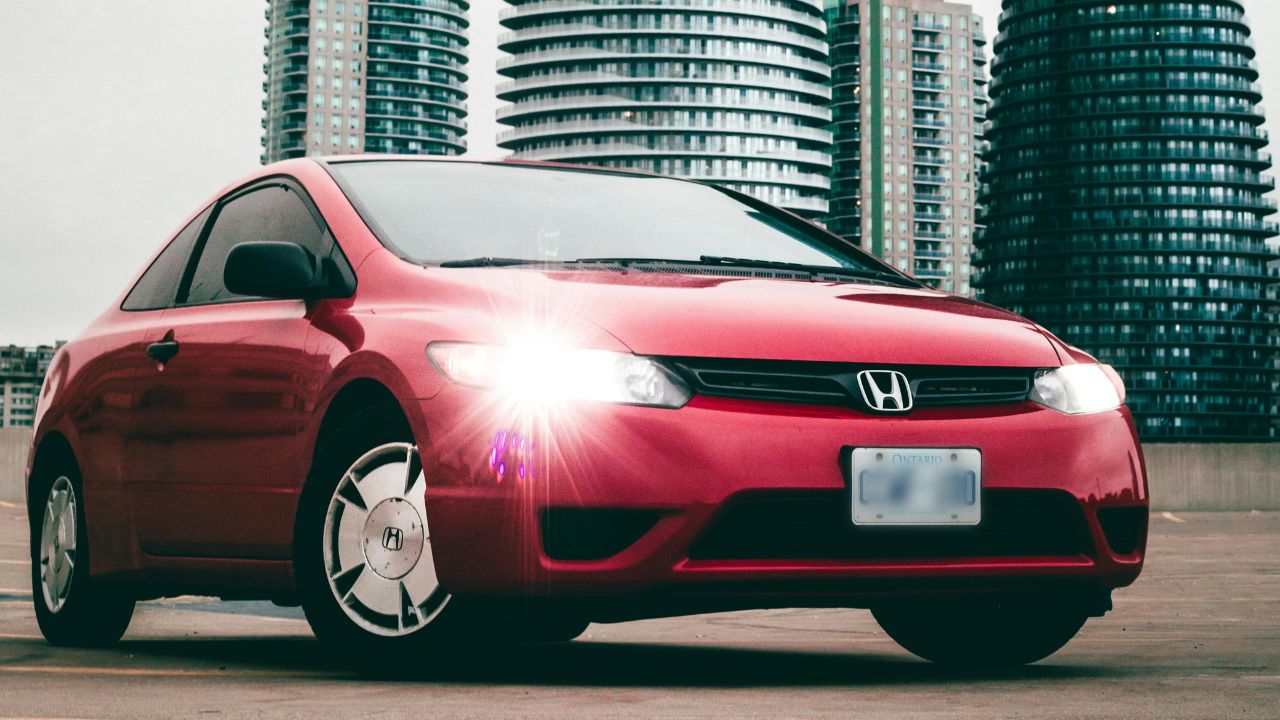

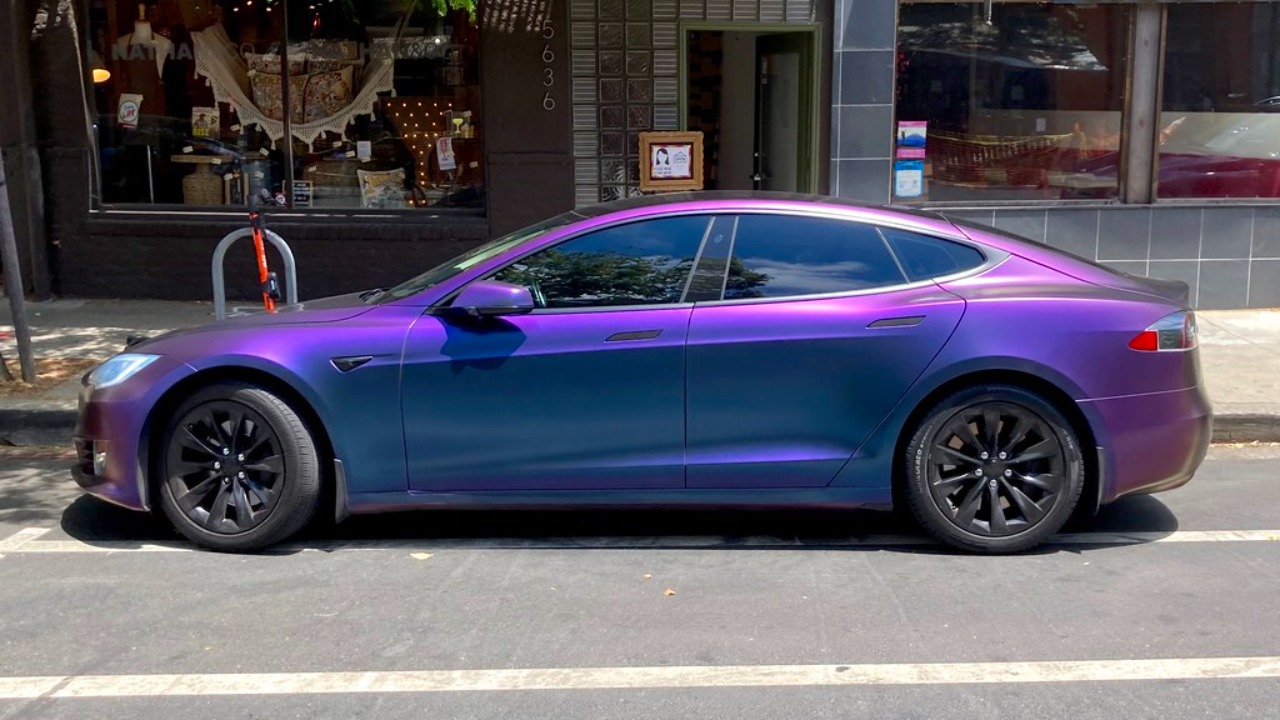
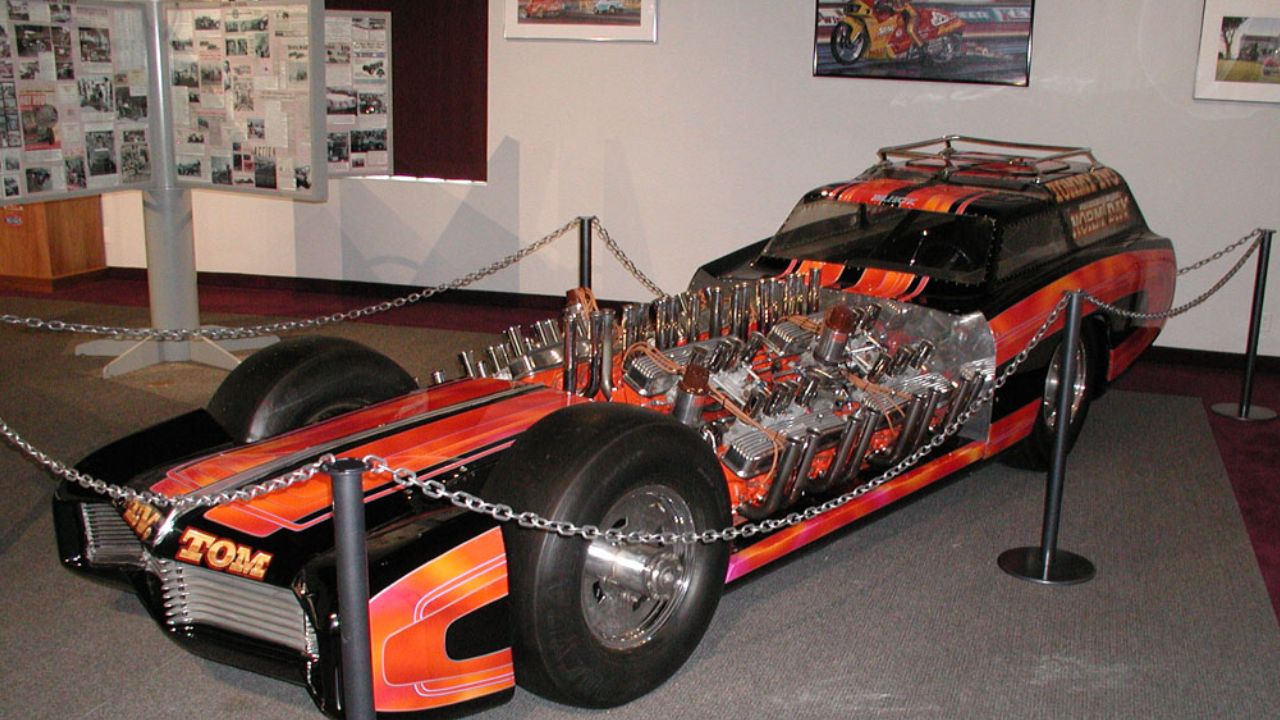
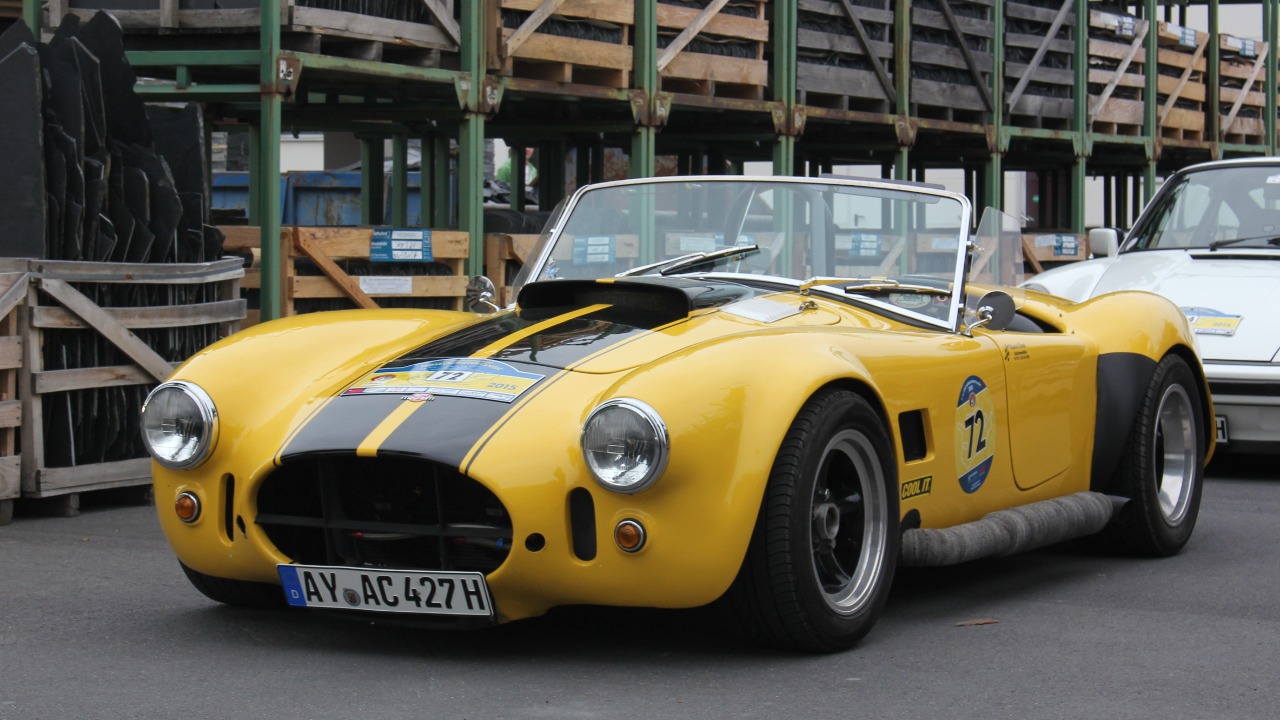

Leave a Reply